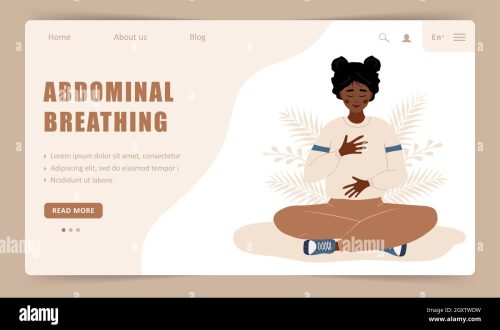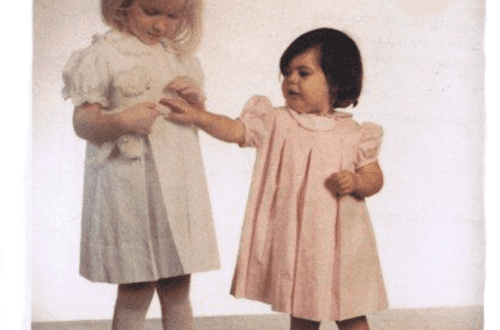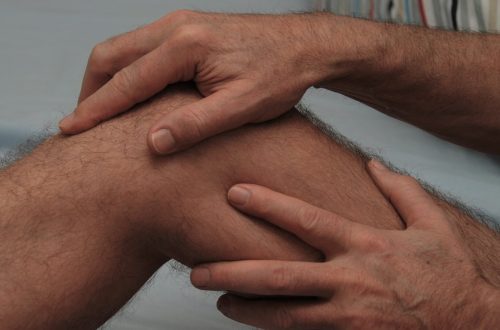
stable vices
To understand a horse, you must first look at the world through its eyes. And then you will see that all the actions of the horse are dictated by the desire to survive in a dangerous world. And understanding the psychology of a horse will help solve problems, in particular, get rid of stable vices.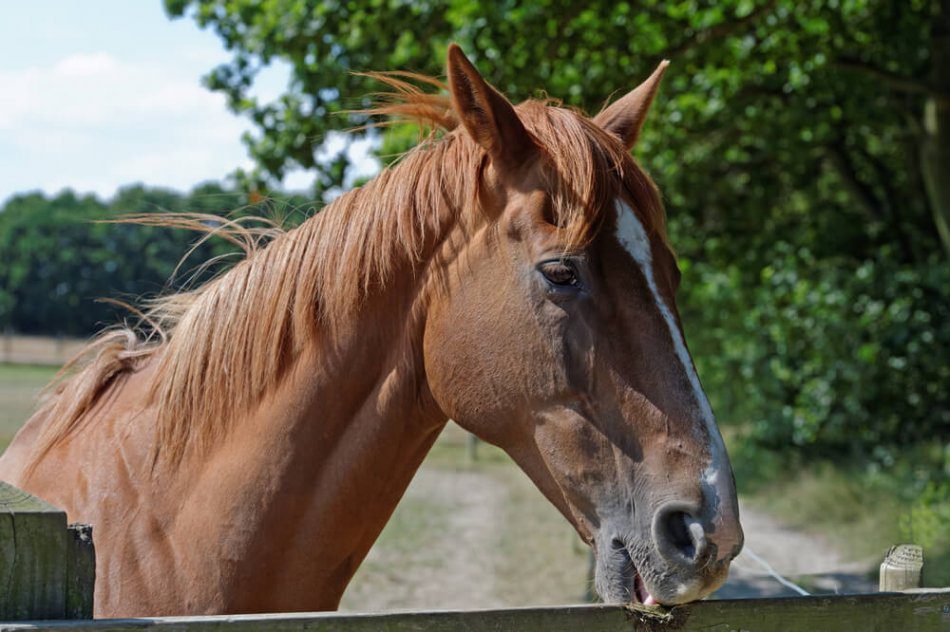 In the photo: Biting is one of the most common “stable vices”
In the photo: Biting is one of the most common “stable vices”
Contents
What is important for a horse?
For a horse, 4 things are most important (in descending order):
- Security.
- Comfort.
- Food.
- Games
First of all, horses, as prey animals, need to make sure they are safe. Then you can think about comfort. And if it is safe and comfortable, you can eat and play with your fellow tribesmen. All this applies to both wild horses and domestic ones. Indeed, in every domestic horse lives its wild ancestor: during the time of domestication, the psychology of the horse has not undergone significant changes. Evolution has been working on a horse for millions of years, and a person is not yet able to change the program laid down by nature. If you understand this, you will not be surprised that it is not possible to lure a horse that is not accustomed to horse carriers into a rattling narrow box with the help of carrots. For how can you eat if there is a threat to life? You will not be able to make a horse burn with love for you. But you can convince her that you are safe and comfortable with you, which means that you are worthy of being considered a friend. If the horse is afraid of you, then you are a predator for it, and your every action is perceived as a threat and causes resistance. And if a horse lives in fear, he is not afraid of pain – he is seriously afraid for his life.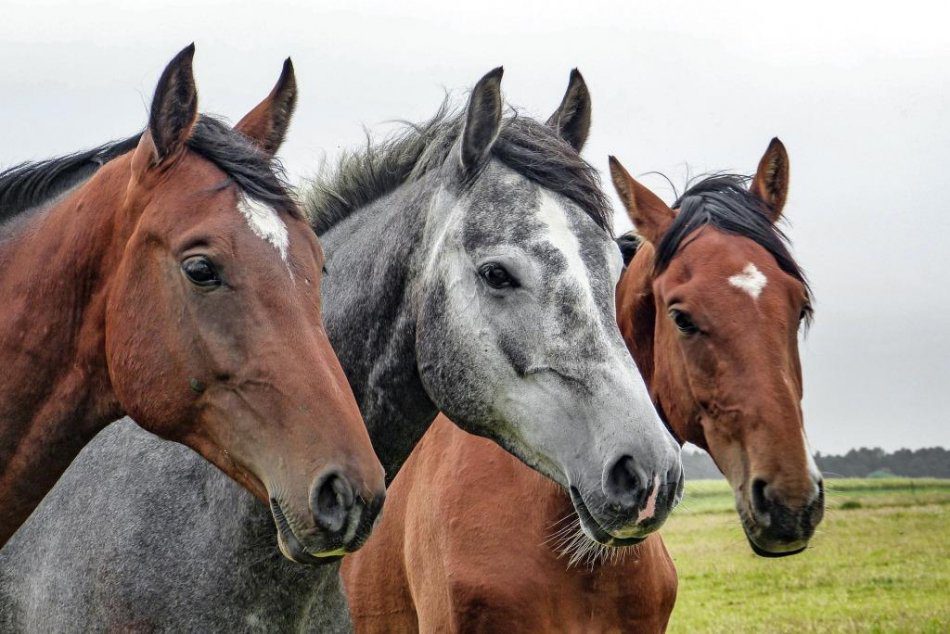 In the photo: Horses that walk in the company of relatives rarely suffer from “stable vices”
In the photo: Horses that walk in the company of relatives rarely suffer from “stable vices”
Where do “stable vices” come from?
So, safety and comfort are important for the horse. And if the person cannot meet these needs, the horse will do everything possible to return to a comfortable state. Even if sometimes the actions of a maned friend seem strange and illogical to us, remember – the horse does the best possible. Horses and I have completely different ideas about beauty. And often what seems excellent to us is frightening and uncomfortable for a horse. Many are convinced that the ideal horse is a clean-cut creature standing in a stable and isolated from its relatives. Horses, on the other hand, love open spaces, not stalls, love to wallow in the mud and feel calmer in the company of their fellow tribesmen.
For horses, the most important thing is to be safe, comfortable, and have other horses around. But people often suggest the exact opposite – of course, with the best of intentions.
As a result, horses develop so-called “stable vices‘: biting, bearish bouncing, head bobbing, lip slapping, digging, or aggression. All these are symptoms of emotional, psychological and physical trouble. The main reason for stable defects is psychological discomfort from lack of communication and restriction of the horse’s freedom. Surprisingly, instead of providing the horse with normal living conditions, people often prefer to use punishments, which, of course, do not solve the problem or give rise to a number of new ones instead. Another common way to deal with stable defects is various kinds of devices, such as anti-biting collars or a short harness, which can remove the symptom, but do not remove the cause, which means that they lead to other problems, even if they seem completely unrelated to the original one. As a rule, stable vices are a monotonous repetition of the same movements. In this way, the horse tries to stimulate the production of endorphins, which provide a sedative and analgesic effect and allow the unfortunate creature to take a break from dull everyday life for a while.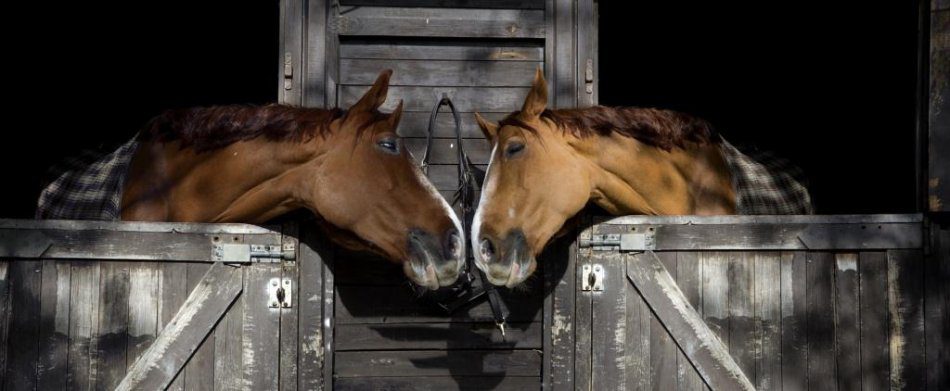 In the photo: Communication with relatives is vital for a horse
In the photo: Communication with relatives is vital for a horse
How to help a horse get rid of stable defects?
First of all, provide the horse with normal conditions of detention:
- Give the horse as much space as possible.
- Provide communication with other horses (at least the opportunity to see them and talk to each other).
- Provide a variety of incentives, enrich the environment.
- Pay attention not only to the appearance, but also to the psychological well-being of the horse.
The trouble with horses is that they are ready to endure discomfort for a long time and avoid confrontation. This has made them so comfortable to work with, but it can turn their life into a nightmare. And, unfortunately, because of such submissiveness, they often become victims of abuse. But much more can be achieved from a horse if you become a safe creature for him and treat him with understanding.



